What Are Programmatic Payments? Your Guide to the AI-Powered Future of Money
Are you tired of your business being shackled by slow, clunky, and error-prone payment workflows? In a world that moves at the speed of light, finance teams are still wrestling with ancient processes—chasing invoice approvals, bleeding money on cross-border fees, and manually reconciling payments. It’s a constant battle that wastes precious time, inflates operational costs, and slams the door on opportunities to optimize cash flow.
But what if your money could think for itself?
A revolution is quietly brewing, a powerful fusion of programmatic payments and Artificial Intelligence that is turning this dream into a reality. This isn’t just another small step in automation. It’s a quantum leap into a future of intelligent, autonomous finance.
This guide will pull back the curtain on these game-changing technologies. We’ll demystify what programmatic payments are, clarify the critical difference between them and “programmable money,” and reveal the magic of how AI is giving your money a mind of its own.
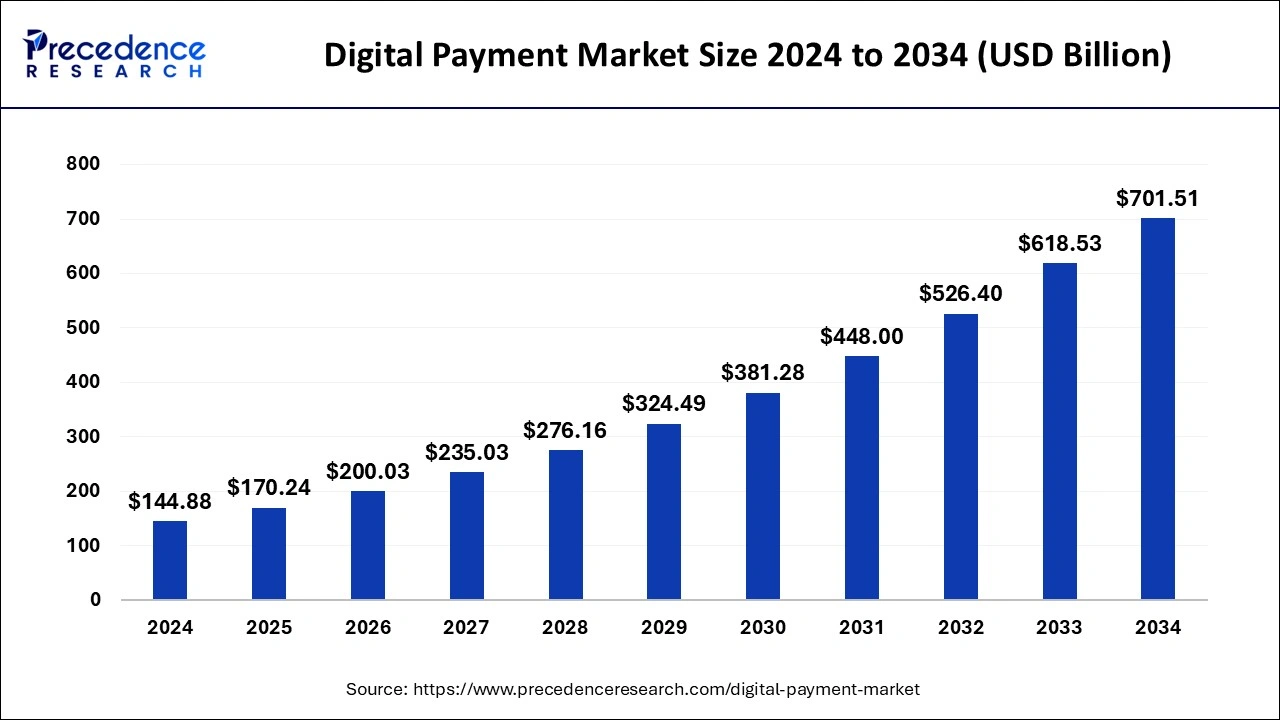
What Are Programmatic Payments? The Simple Explanation
Let's cut through the jargon. At its heart, a programmatic payment is simply an automated transaction that springs to life only when a specific set of conditions are met.
Think of it as a direct debit on steroids. Your old-school standing order pays the same amount on the same day, month after month, like a mindless robot. A programmatic payment is a sophisticated agent, capable of executing transactions based on complex, dynamic logic.
"We are moving beyond static, scheduled transactions into an era of dynamic, event-driven finance. Programmable payments are the foundation of this shift, allowing money to move in response to real-world events, not just the calendar." - Naveen Mallela, Head of Coin Systems, Onyx by J.P. Morgan
These intelligent payments are built on three core components:
- Triggers: A specific event that kicks off the payment process. This could be anything from an invoice landing in your inbox to an IoT sensor confirming a shipment has arrived at a warehouse.
- Conditions: The rules that must be met for the payment to proceed. For example, a condition could be that your account balance must be above a certain threshold or that a compliance check has been successfully completed.
- Actions: The final step taken once the conditions are satisfied. The main event is usually sending the money, but it could also trigger a notification or update your accounting ledger in real-time.
This entire symphony is conducted by Application Programming Interfaces (APIs), which act as the bridge allowing your business systems to give intelligent instructions directly to banking networks.
Programmable Payments vs. Programmable Money: What's the Real Difference?
You’ll hear these two terms thrown around a lot, often interchangeably. But they are worlds apart.
Getting this difference right is key—it determines the technology you'll need and how you'll secure your transactions.
Programmable payments are all about automating the flow of money. The intelligence is external, living in the software that tells your traditional money where to go and when.
Programmable money, on the other hand, is a revolutionary leap where the rules and logic are embedded within the money itself. The asset, typically a digital currency like a stablecoin on a blockchain, is born with its instructions. It knows how, when, and under what conditions it can be spent, thanks to self-executing programs called smart contracts.
Here’s a simple breakdown:
How AI Makes Payments Intelligent (Not Just Automated)
Programmatic systems are brilliant at following rules. But what if your systems could learn, adapt, and make predictions? What if they could think?
That’s where the magic of Artificial Intelligence enters the picture. AI gives this automated framework a brain, transforming your financial operations from simply following rules to making intelligent, autonomous decisions.
Slashing Fraud with a Digital Guardian Angel
Traditional fraud detection uses rigid, outdated rules that clever fraudsters can easily dance around. It’s like using a scarecrow to guard a fortress.
Global digital fraud losses are projected to skyrocket past $343 billion between 2023 and 2027. Businesses can no longer afford to be reactive.
AI-powered systems act as a vigilant, 24/7 guardian. Using machine learning, they analyze millions of transactions in real-time, learning the unique heartbeat of your business's normal activity. The moment an anomaly appears—an unusual transaction amount, a login from a strange location—it’s instantly flagged and blocked. This proactive shield not only prevents fraud before it happens but also dramatically reduces the "false positives" that infuriate legitimate customers. It’s the key to how to permanently eliminate fraudulent chargebacks.
Banishing Manual Invoice Errors Forever
The accounts payable process is a notorious time-sink, a swamp of manual data entry and human error. AI drains that swamp completely.
Intelligent systems use computer vision and Natural Language Processing (NLP) to "read" unstructured documents like invoices and receipts with perfect accuracy. The AI extracts the key data, matches it against purchase orders, and routes it for payment with minimal manual oversight. This obliterates costly errors, crushes approval delays, and ensures your payment cycles are lightning-fast—a must-have for any modern e-commerce or marketplace platform.
Predicting Your Cash Flow with a Crystal Ball
Great treasury management isn't about looking at last month's reports. It's about knowing what you'll need next month.
AI-powered predictive analytics act like a financial crystal ball. By analyzing immense datasets—from sales forecasts and market tremors to supply chain whispers—it generates stunningly accurate forecasts of your future liquidity needs. It can pinpoint the perfect moment to pay suppliers to maximize working capital or automatically shield your business from volatility by rebalancing assets. This transforms your treasury function from a reactive cost center into a proactive, strategic powerhouse.
Who Is Building This Future Today?
This isn't science fiction. The titans of finance are already laying the tracks for this new world.
- J.P. Morgan: The banking behemoth has built Onyx, its own blockchain-based platform, to offer programmable payments to corporate clients like Siemens. This allows companies to create dynamic, automated treasury rules that react instantly to their real-time cash positions.
- Visa: Instead of building its own blockchain, Visa is weaving itself into the fabric of the new digital economy. The company is aggressively integrating USDC into its global network, streamlining cross-border settlements and allowing consumers to spend digital currencies anywhere Visa is accepted.
"We are also helping banks issue their own stablecoins and realize the benefits of programmable money. There is so much more to come in this space." - Ryan McInerney, CEO of Visa
This innovation is proving especially valuable in high-friction industries like iGaming, online casinos, and adult entertainment, where the speed, low cost, and censorship-resistance of crypto-based payments are not just a convenience—they're a lifeline. For these merchants, it's the key to bypassing banking bans and reclaiming financial control.
How PayRam Puts This Power in Your Hands
Understanding these concepts is one thing. Wielding them is another. That's where PayRam comes in. We believe this revolutionary power shouldn't be reserved for financial giants.
We've built a self-hosted crypto payment gateway that puts you in the driver's seat, giving you complete control over your financial destiny.
Getting started is shockingly simple. We've eliminated the need for complex command-line interactions or manual file editing. Our entire installation and configuration process is handled through a streamlined, user-friendly interface, making the platform accessible to everyone, not just developers.
And we’ve re-engineered the cost structure. With PayRam, there are no direct payment processing fees. We only charge for advanced services like the orchestration and sweeping of funds, with service fees that can go up to 5% depending on the services you use. This transparent model ensures you're only paying for the powerful features that actively drive your business forward. Plus, with our integrated Off-Ramp, moving between traditional fiat and digital currency is seamless.
Frequently Asked Questions (FAQs)
1. What's the main benefit of programmatic payments for a small business?
The biggest win is efficiency. It automates tedious tasks like paying suppliers and managing subscriptions, freeing up valuable time and reducing costly human errors. This allows small teams to operate like much larger organizations.
2. Is cryptocurrency required for programmable money?
Yes, programmable money's logic is embedded in the asset itself, which is a native feature of digital assets like cryptocurrencies and stablecoins Tether (USDT), Bitcoin (BTC), Ethereum (ETH), that run on blockchains.
3. How does AI actually prevent payment fraud?
AI learns the "normal" behavior of your transactions. It analyzes thousands of data points in real-time—like location, time, amount, and device—to create a unique profile. When a transaction deviates from this profile, AI flags it as suspicious instantly, blocking it before any money is lost. For more on this, check out our guide on on-chain risk management.
4. Can I use programmatic payments with my existing bank account?
Yes. Programmatic payments, which automate the flow of money, often use APIs to connect with traditional banking systems. This allows you to add a layer of intelligence to your existing accounts.
5. What are smart contracts and how do they work?
A smart contract is a self-executing program stored on a blockchain. It works on a simple "if-this-then-that" principle. For example, "IF the package is confirmed as delivered, THEN release the payment to the seller." It's all automated, transparent, and irreversible.
6. Are stablecoins safe for business transactions?
Regulated stablecoins like USDC are designed for stability and are backed 1:1 by reserves of cash and cash equivalents. This makes them a reliable medium of exchange for business, combining the price stability of the US dollar with the technological benefits of a digital currency. Learn more in our guide to stablecoin payments.
7. What's the difference between a self-hosted and a custodial payment gateway?
A custodial gateway holds your private keys and your funds for you. A self-hosted gateway like PayRam means you control your keys and your money. This eliminates counterparty risk and makes you truly "unbannable." Compare us to the competition in our Payram vs BitPay.
8. How long does it take to set up a system like PayRam?
Thanks to our intuitive, UI-based setup, you can be up and running remarkably quickly. We've removed the technical hurdles so you can focus on your business, not on complex configurations. You can find detailed instructions in our documentation.
9. What are the real costs of programmatic payments?
With PayRam, the cost is transparent. We don't charge processing fees on transactions. Our revenue comes from value-added services like automated fund sweeping and orchestration, with fees up to 5%. This means you're not penalized for simply accepting payments.
10. How do I get started with accepting crypto payments?
The first step is choosing the right gateway. A self-hosted solution like PayRam offers the most security and control. From there, our simple setup process will guide you through configuring your wallets and integrating our system into your checkout process. Explore our comprehensive guide to cryptocurrency payments to learn more.
The Future is Here, and It's Intelligent
We are standing at the dawn of a new financial age. Programmatic payments are already transforming finance from a series of manual, disjointed tasks into a seamless, automated flow.
But when you add the spark of Artificial Intelligence, something truly magical happens. Your money doesn't just move. It thinks. It anticipates needs, neutralizes threats, and unlocks strategic insights that can propel your business into the future.
This isn't about keeping up with the latest trend. It's about seizing control of your financial destiny. It's about building a business that is faster, smarter, and more resilient than ever before.
Ready to Build the Future of Your Business?
Don't let your business be left behind. Explore the power of a self-hosted, AI-ready payment infrastructure.


.svg)



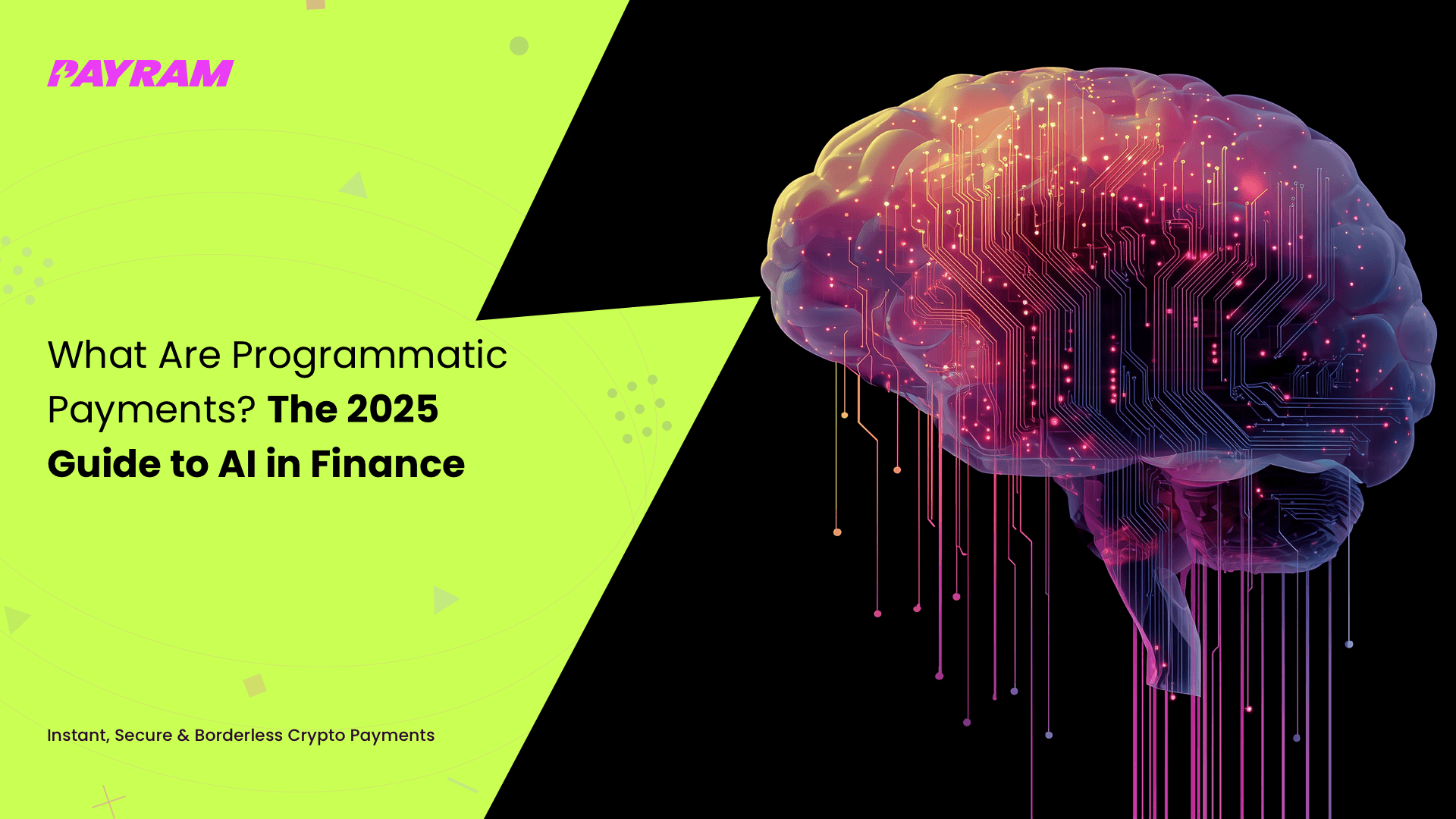


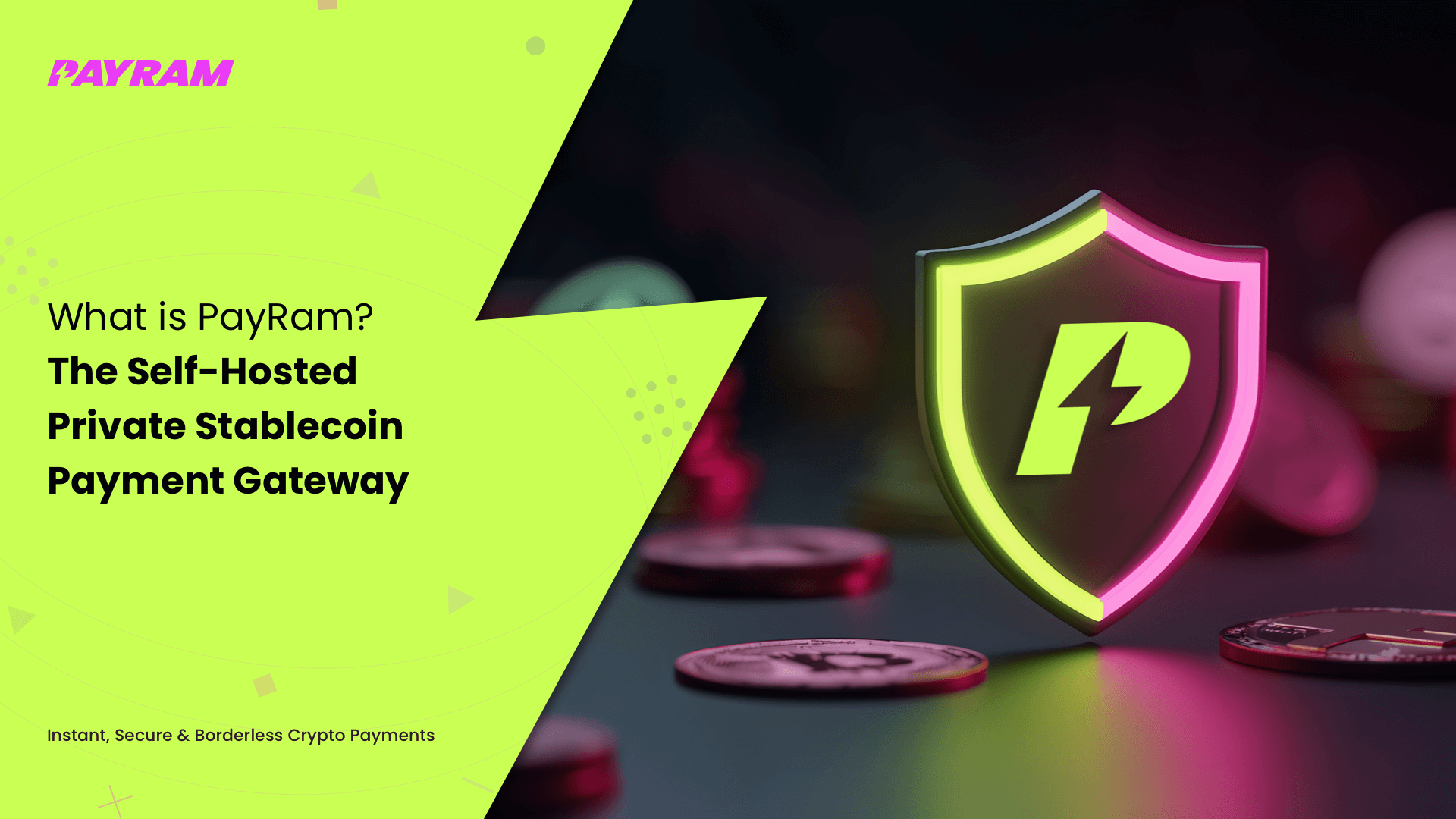
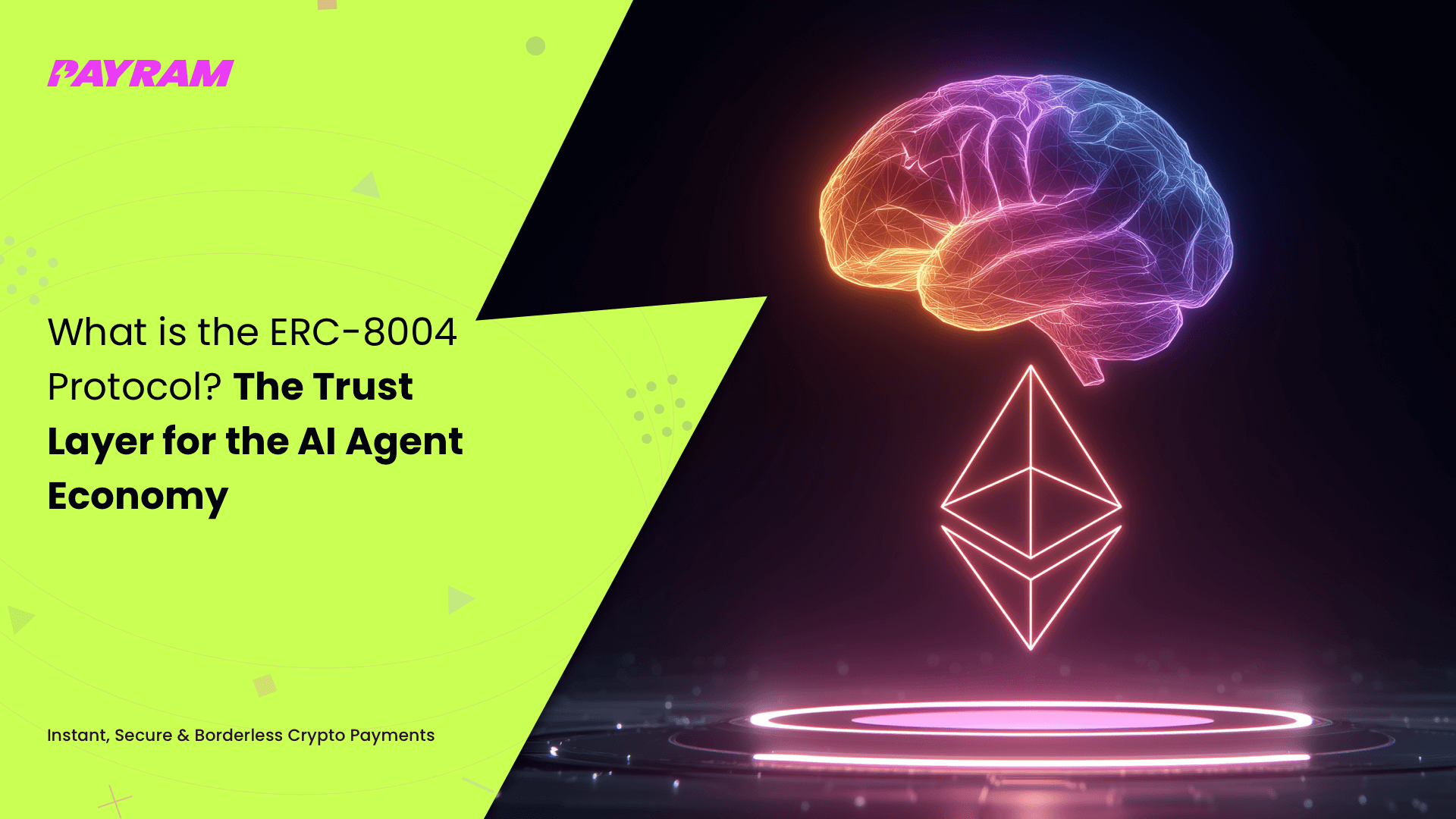
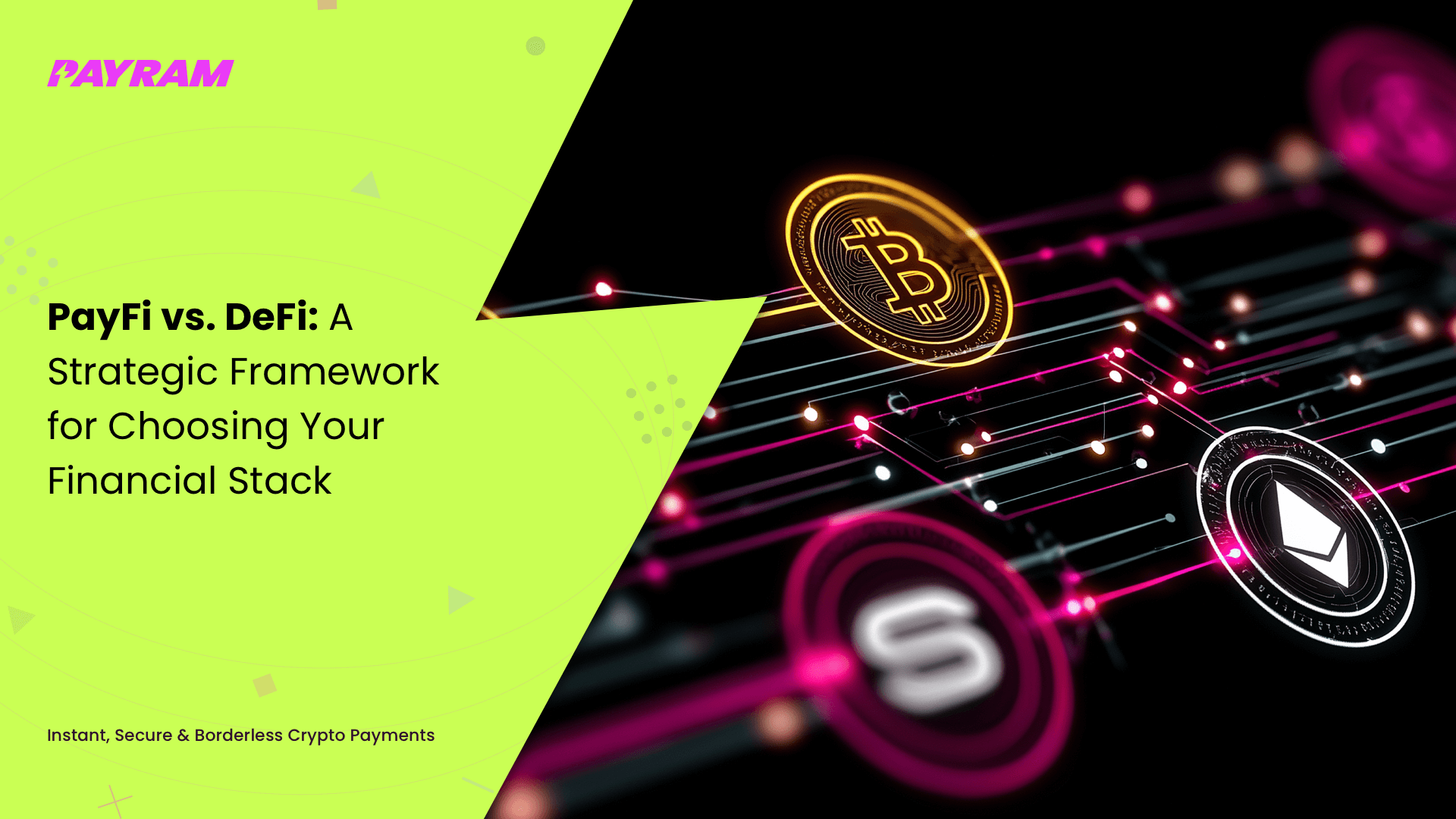

.svg)